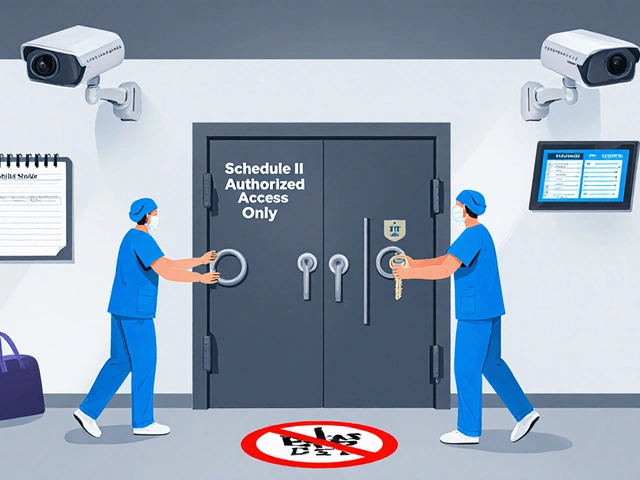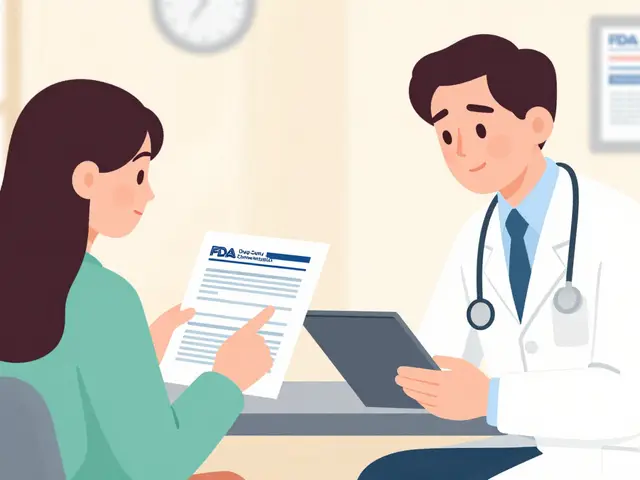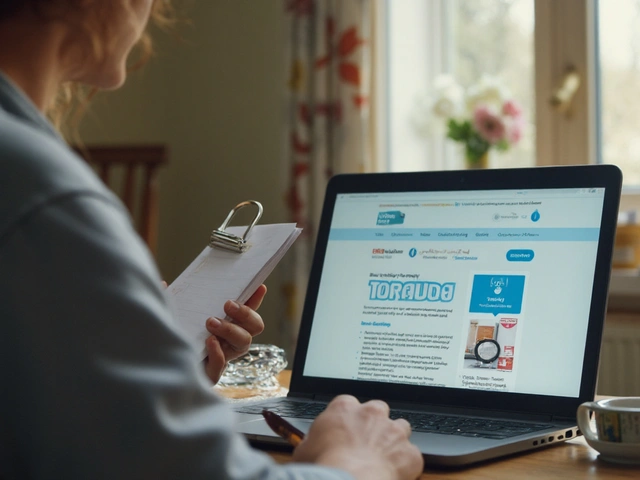Online Doctor: Your Quick Guide to Safe Virtual Visits
Seeing a doctor from your couch sounds amazing, but not every online service is legit. In a few minutes you can get a video chat, a prescription, and a plan for your health—if you know what to look for. This guide cuts the noise and shows you how to pick a reliable online doctor, get prescriptions safely, and keep your info private.
How to Spot a Trustworthy Online Doctor
First, check the credentials. A real telehealth platform requires a licensed physician with a valid medical license in your state or country. Look for a license number on the site and verify it on the health board’s website. If the doctor can’t give you that info, walk away.
Second, read the privacy policy. Your health data should be encrypted, stored securely, and never sold to third parties. A clear, easy‑to‑understand policy is a good sign; vague language is a red flag.
Third, evaluate the consultation process. Legit services let you schedule a video or phone call, not just a chat bot. They should ask about your medical history, current meds, and allergies before prescribing anything. If you’re pushed to buy a medication without a proper review, that’s a scam.
Finally, compare prices. Telehealth visits usually cost between $40 and $100 for a basic consult. Extremely cheap offers (e.g., $5) often mean the provider is cutting corners or isn’t licensed. Balance cost with quality—cheapest isn’t always safest.
Getting Prescriptions and Using Online Pharmacies
Once you’ve verified the doctor, the next step is the prescription. A reputable online doctor will send the prescription directly to a licensed pharmacy, either in your country or an international pharmacy that follows your local regulations. Avoid services that email you a PDF you have to print and bring to a local pharmacy; that can be a sign they’re bypassing the law.
When you receive the pharmacy link, check for accreditation. In the US, look for the VIPPS seal (Verified Internet Pharmacy Practice Sites). In the UK, the MHRA logo does the same. These marks mean the pharmacy follows strict safety standards.
Before you buy, read reviews from real customers. Look for comments about delivery speed, packaging, and whether the meds matched the prescription. A few negative reviews are normal, but a pattern of complaints about fake meds should steer you away.If you need a controlled substance (like a strong painkiller or ADHD medication), most reputable online doctors won’t prescribe it without an in‑person exam or a detailed medical history. Be wary of any site that promises instant access to such drugs.
Finally, keep a copy of your prescription and the pharmacist’s contact info. If something feels off—unexpected side effects, wrong dosage, or a pharmacy that asks for extra payment—call the doctor’s office right away. Quick action can prevent bigger problems.
Online doctors can save you time, money, and trips to the clinic, but only if you stay smart about who you trust. Use the checklist above, verify licenses, protect your data, and shop only at accredited pharmacies. Follow these steps and you’ll get the convenience of virtual care without compromising safety.
Explore the best subscription telehealth services to try in 2025, including insight into trusted providers like PlushCare and Sesame. Learn exactly how membership models are changing online healthcare, what makes each service unique, and tips for picking the right fit. Get honest breakdowns of pricing, services, and key differences, with insider facts and real user tips you won't find on landing pages. Plus, discover how these platforms are making healthcare easier, faster, and actually more affordable.
Categories
Archives
Recent-posts
How to Store Controlled Substances to Prevent Diversion: A Practical Guide for Healthcare Facilities
Nov, 16 2025



 Medications
Medications




